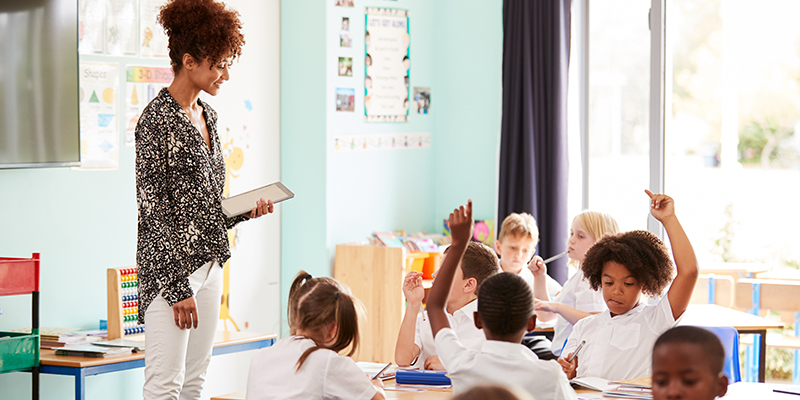Getting Back to the Classroom
Compared to where we were last summer, things certainly seem to be looking up. Restaurants and stores are slowly re-opening, people in the U.S. are receiving vaccines every day, and many schools look poised for a return to in-person learning.
Though there certainly looks to be a light at the end of the tunnel, we do want to encourage a healthy level of caution for K-12 schools making a full or partial return to their classrooms. As we saw in 2020, things can change at the drop of a hat, and it’s important to be prepared.
With that in mind, here are a few steps you can take to prepare for a return to in-person learning.
- Communicate with families (a lot). Make sure your families are totally in the loop on how the school year will look. Send them brief messages earlier in the summer, then more detailed communications as the school year gets closer. As a bonus, share any contingency planning your school has done so parents can plan ahead for a return to remote learning, if needed.
- Address mental health needs. Teachers may not be mental health experts (and shouldn’t be expected to be). But it’s a good idea to prepare them to recognize signs of anxiety and stress. Students have been through a lot – so much change could very likely affect their learning levels. Be prepared to address this with additional professional learning in the area of SEL.
- Take advantage of relief funding. Funding from programs like the Emergency Assistance for Non-public Schools (EANS) in the United States are still available – your school can use them to purchase educational technology, professional development, additional short-term staffing, and resources to help things get back on track. Visit our EANS landing page to learn more.
- Keep track of any CDC or COVID-19 related guidelines. Face masks, social distancing, and testing may continue to be part of in-person education throughout the coming school year, and perhaps beyond. Continue to communicate your school’s most recent protocols to teachers, students, and families so they know what to expect during summer school and back to school.
- Plan for additional classroom intervention. In addition to normal learning loss that takes place over the summer, many students suffered scholastically over the course of 2020 and 2021. This a great time to review your Tier 1, 2, & 3 intervention efforts, and consider new approaches to improve a student’s complete academic and social and emotional experience at your school. (By the way, we can help with this – explore our Instructional Services EANS packages here.
Things are looking up. And though we’re incredibly excited to get students and teachers back to their classrooms, we also know that education has changed. By taking steps now to prepare your school, students, families, and teachers, you’ll set yourself up for success.

